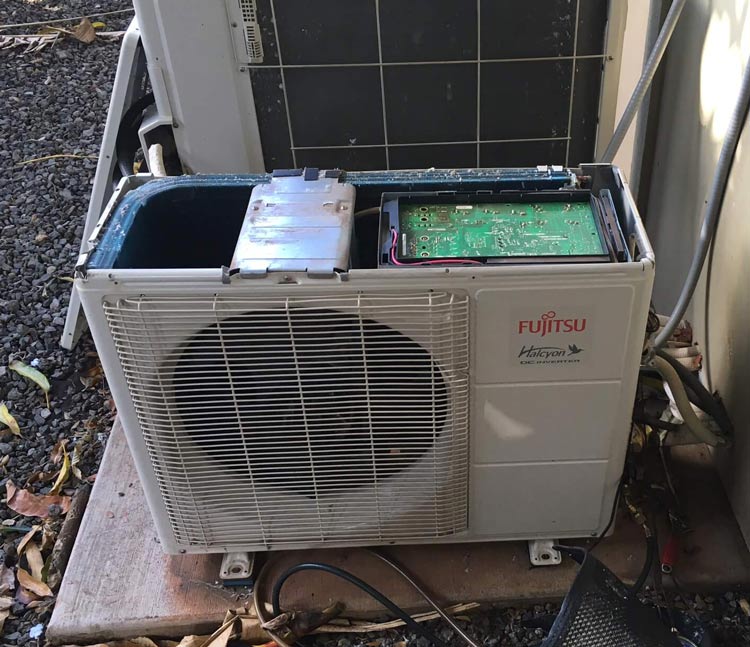As a homeowner, you are responsible for the upkeep of a wide array of systems, from plumbing to electricity, that must work together to make your home function as a unit. Your HVAC is one such system that requires regular TLC if it is to stay in prime operating condition. Taking proper care of your heating and air conditioning, you can get decades of good use out of them.
Here are some HVAC maintenance basics that should be a part of your home upkeep to-do list:
1. Changing out the filters
Check your system’s filters at least once a month (perhaps even more, if you live in an area that is very dusty or full of airborne allergens) to ensure that they are clean. Filters that are clogged will undermine your HVAC’s efficiency, and will also contribute to poor air quality in your home. Change them out if you notice they are not in like-new condition.
2. Cleaning the coils
This maintenance basic should be performed once a year. In order to do this, you will need to first shut off all power to your air conditioner. Then, wearing protective gloves, use a screwdriver to remove the unit’s access panel. Once the inside mechanics are exposed, you can use a water hose and a brush to clean the coils of things like algae, mildew, dirt, and debris. While you are in there, wash down the grille and fan blades with the hose.
3. Clearing the unit spaces of debris
It is important that you inspect the area around your HVAC furnace and evaporator units regularly. Clear any debris you see around and/or underneath them. Things like dust, dirt, and yard waste can gather in these spaces and lead to the growth of mold and mildew in your systems.
4. Professional maintenance measures
Although there are a number of things you can do yourself when it comes to taking care of your HVAC, there are also some routine maintenance jobs that must be left to the professionals. These include recharging the refrigerant, checking for gas leaks (in gas furnace models), and inspecting the compressor, heating elements, burner, ignition system, control system, and motor.
